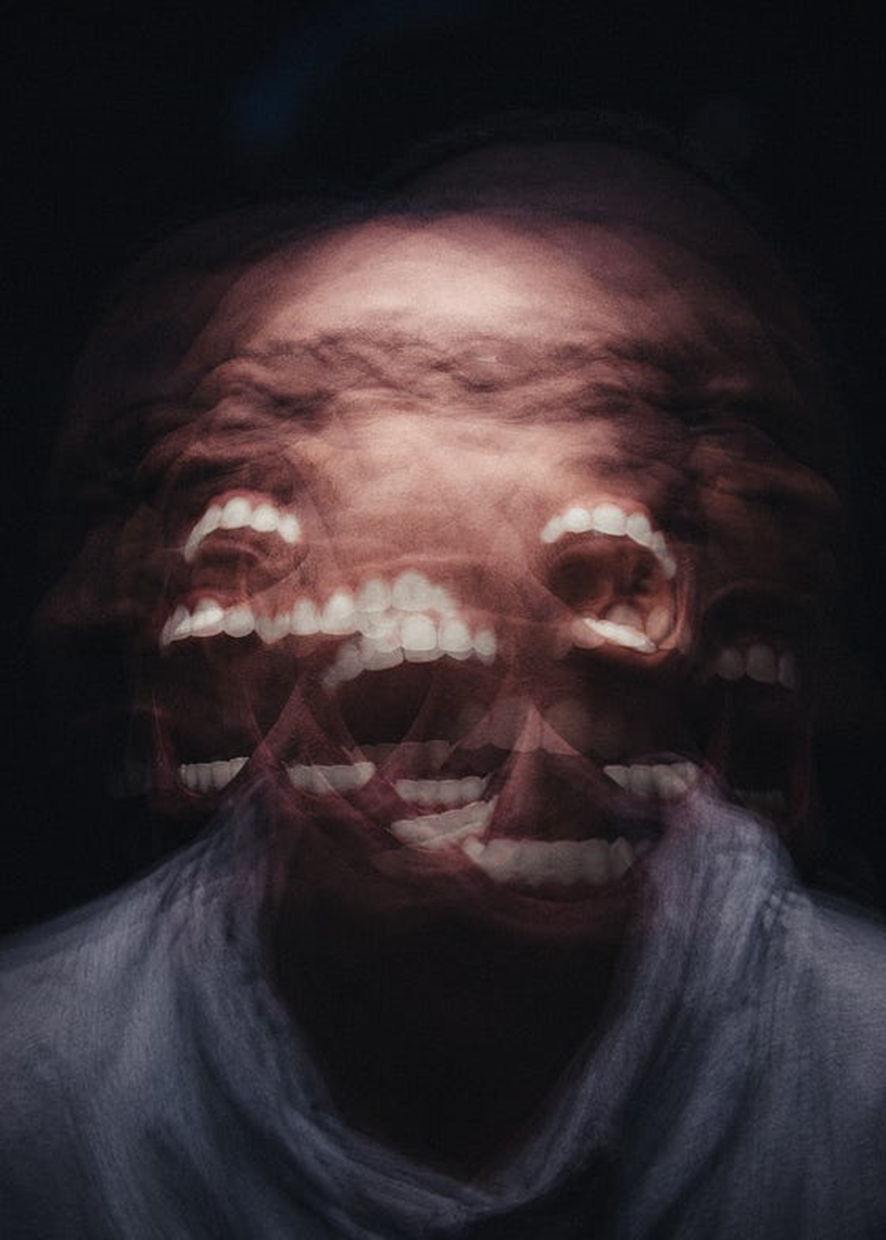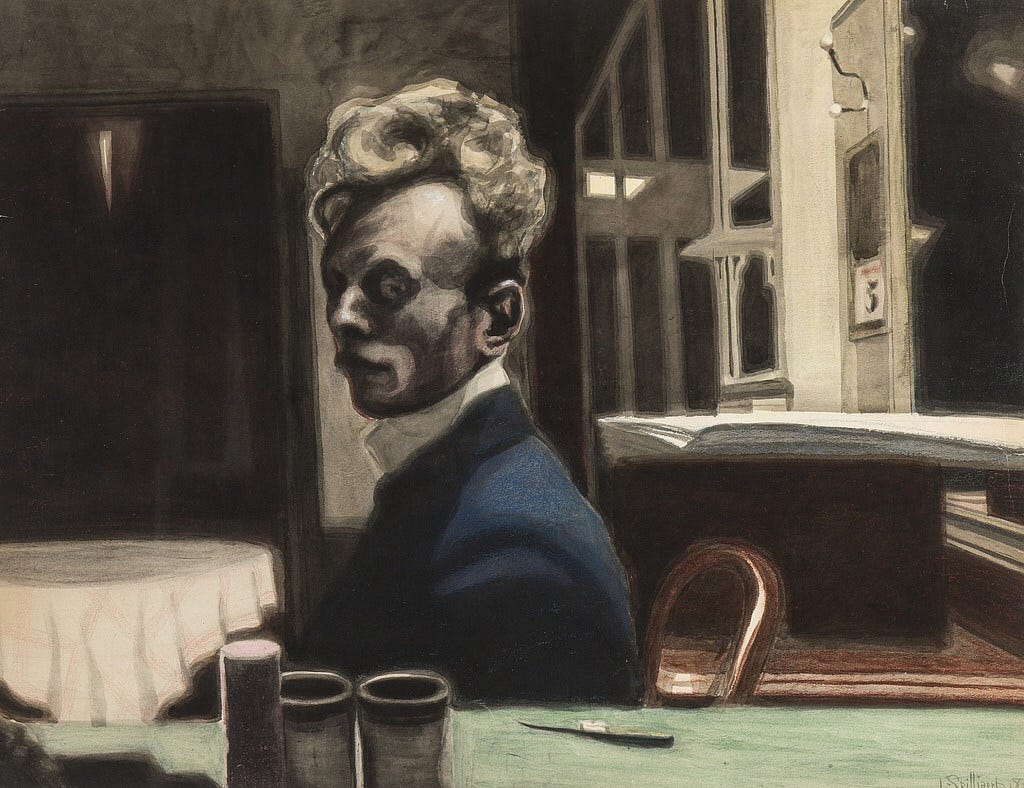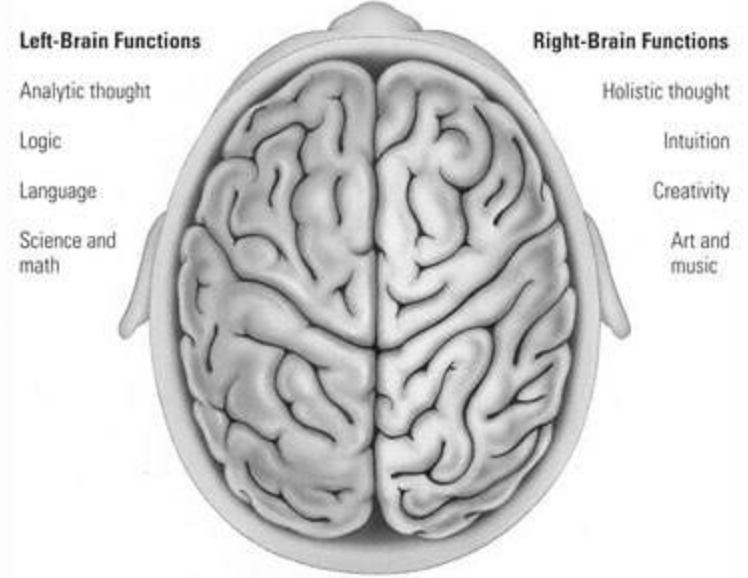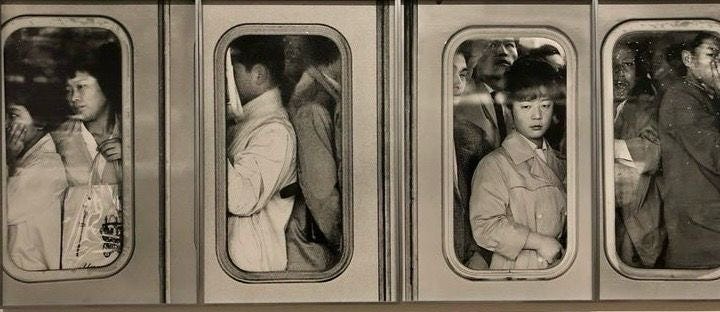The Detail In Art
The detailed observation of a work of art, in this case, paintings, allows us to glimpse the process of creation and to gather clues about the tale of the artwork.
When one approaches a work of art, in the case of paintings, two things can happen: we may be utterly unimpressed by the painting hanging on a wall, or we may suddenly experience a great reaction within ourselves.
Beyond that intimate and unique conversation between the painting and the viewer, these works of art have the virtue of being passive objects on which an infinite number of analyses can be made.
One can investigate the symbology, the composition, the pure narrative of the painting, and the narrative behind the creation of the picture. And many more layers.
Of this range of approaches, the one that is perhaps least common among art lovers is the literal approach: going directly to the detail, to the particle of the painting.
It is true that until now, there was only one option for this type of analysis, which consisted of visiting a museum and being able to get physically close enough to fix our gaze just a few centimeters from the canvas to observe a particular part of the painting in detail.
Fortunately, we live in the technological era, and we have more and more examples of significant paintings that have been scanned at high resolution; through web portals, the user can zoom in to incredible levels, offering extraordinary details.
What can you explain a detail about the work to which it belongs?
Many things.
From a more artistic-technical point of view, a painting seen up close can show us the style with which the artist has been working on his work. In many cases, you can see the strokes and the directions of the colors, and sometimes you can even see some changes at a glance, minor corrections that have been left for history.
It is also interesting to observe how the different materials used in elaborating the paintings can interact on a basic scale. With the right approach, one can see how the pigments are impregnated on the canvas and how the borders between the different colors are marked. Or how they blend, sometimes subtly, sometimes furiously, and profoundly.
Perhaps many of you have observed certain people in museums, visitors in particular, who stand in front of a painting and, for a long time, approach and move away from work.
They stand inches away from the canvas, take off their glasses, and look closely. Then, little by little, they take steps backward while they put their glasses back on. They stop several times, observe, and then move away again. When they reach the proper distance, they go over the whole picture and approach again in search of another detail.
These people are experiencing an observation of the painting from the most sensory perspective possible. The view is the primary tool, and by approaching the detail, one can, from that point, move away and see how that detail is lost among all the others, but they form a whole (the painting) that makes that detail make sense.
For example, in some of Velazquez’s works, this phenomenon can be observed: if one follows a detail of one of his paintings, it could seem nonsense of vague strokes and strange flourishes. However, when you zoom out, that detail is transformed into a whole mixed with thousands of other details.
In a certain sense, it could be said that the details of a painting are like the neurons of our brain: in isolation, they have a specific form and presence, but together with the rest of the neurons, they are transformed into that marvel called the brain.
In the same way, like an interconnected network that transforms into something superior, the details interact to jump to the next level: they go from small to large, from isolation to community.
Ironically, we could think that the paintings are an echo of our brain since they are born from within it and perhaps unconsciously imitate its structure.
Or our brain imitates the universe’s structure, with an infinite network of small details that end up being cosmological infinity.
Be that as it may, the greatness of details in pictorial art encompasses as many perspectives as people observe them.
There will even be daring people who can draw philosophical lessons from their observation in a moment of enlightenment: small things, however insignificant they may seem, are always part of something bigger.
Beyond philosophies, technicalities, or sensory experiences, knowing how to enjoy the details is an excellent way to go beyond what a painting can explain.
It is the ultimate dialogue between the artist and the viewer.
Thanks for reading!
Follow me |Subscribe to know when I publish a story
Love this story? Buy Alejandro a coffee and show your appreciation for his writing.
I will be eternally grateful to you.







